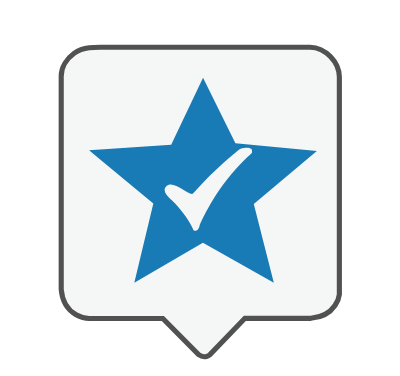How Losing My Job In The Dotcom Crash Led Me To Build A Profitable Recruiting Company
I’m Kurt Wilkin. I’m co-founder of HireBetter, having given up the CEO title a few years ago. I’m also a Managing Partner of Bee Cave Capital, which invests in entrepreneurial companies during their angel or “series A” investment rounds. I firmly believe that entrepreneurs need two things in order to build great companies – capital and talent. And I get to serve entrepreneurs with their two greatest needs through HireBetter and Bee Cave Capital.
HireBetter is the only recruiting firm in the country with a hyper-focus on Dynamic Disruptors: entrepreneurs who are driven, collaborative and expansive thinkers. We serve as strategic talent partners, providing retained executive search, project-based consulting, holistic Strategic Talent Planning, and our new and most popular offering, Recruiting as a Service (RaaS).
We are best known for our unique and strategic approach to helping Dynamic Disruptors grow from scrappy startups to scaling, professionally-run companies. Our RaaS offering is our flagship product because it allows my HireBetter team to execute a Talent Roadmap we co-create with clients.
We’ve been named the

Download the report and join our email newsletter packed with business ideas and money-making opportunities, backed by real-life case studies.

Download the report and join our email newsletter packed with business ideas and money-making opportunities, backed by real-life case studies.

Download the report and join our email newsletter packed with business ideas and money-making opportunities, backed by real-life case studies.

Download the report and join our email newsletter packed with business ideas and money-making opportunities, backed by real-life case studies.

Download the report and join our email newsletter packed with business ideas and money-making opportunities, backed by real-life case studies.

Download the report and join our email newsletter packed with business ideas and money-making opportunities, backed by real-life case studies.

Download the report and join our email newsletter packed with business ideas and money-making opportunities, backed by real-life case studies.

Download the report and join our email newsletter packed with business ideas and money-making opportunities, backed by real-life case studies.



















